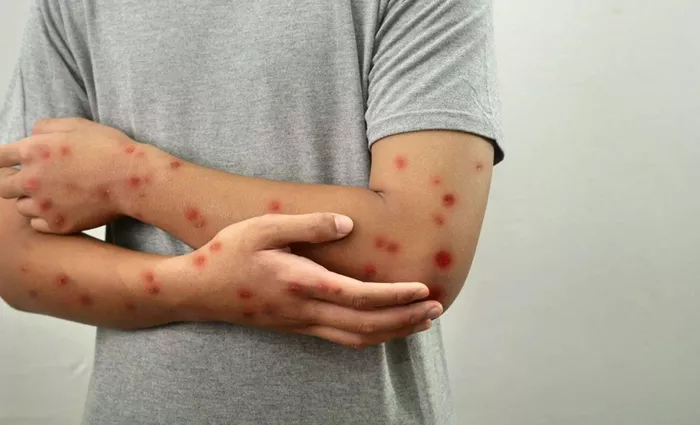The World Health Organization (WHO) announced on Monday that the mpox outbreak continues to be a public health emergency. The WHO’s director-general released updated temporary guidelines to address the situation.
The emergency status was first declared in August last year. At that time, a new strain of mpox had spread from the Democratic Republic of Congo, which was severely affected, to nearby countries.
Symptoms of Mpox
Symptoms usually appear within 5 to 21 days after exposure and can include:
- Fever
- Headache
- Muscle aches
- Swollen lymph nodes
- Exhaustion
A rash that often starts on the face and then spreads to other parts of the body, including the hands and feet. The rash progresses through several stages, from flat spots to blisters and scabs.
Who is at Risk?
Anyone can get mpox, but the risk is higher for:
- People who have close contact with infected individuals.
- Healthcare workers caring for patients without proper protective equipment.
- People in areas where mpox is spreading or where infected animals live.
How to Prevent Mpox?
Prevention measures include:
- Avoiding close contact with people who have symptoms.
- Washing hands frequently with soap and water or using hand sanitizer.
- Using personal protective equipment if caring for an infected person.
- Avoiding contact with animals that could carry the virus.
- Cleaning and disinfecting objects and surfaces that may be contaminated.
A public health emergency of international concern is the highest alert level given by the WHO.


